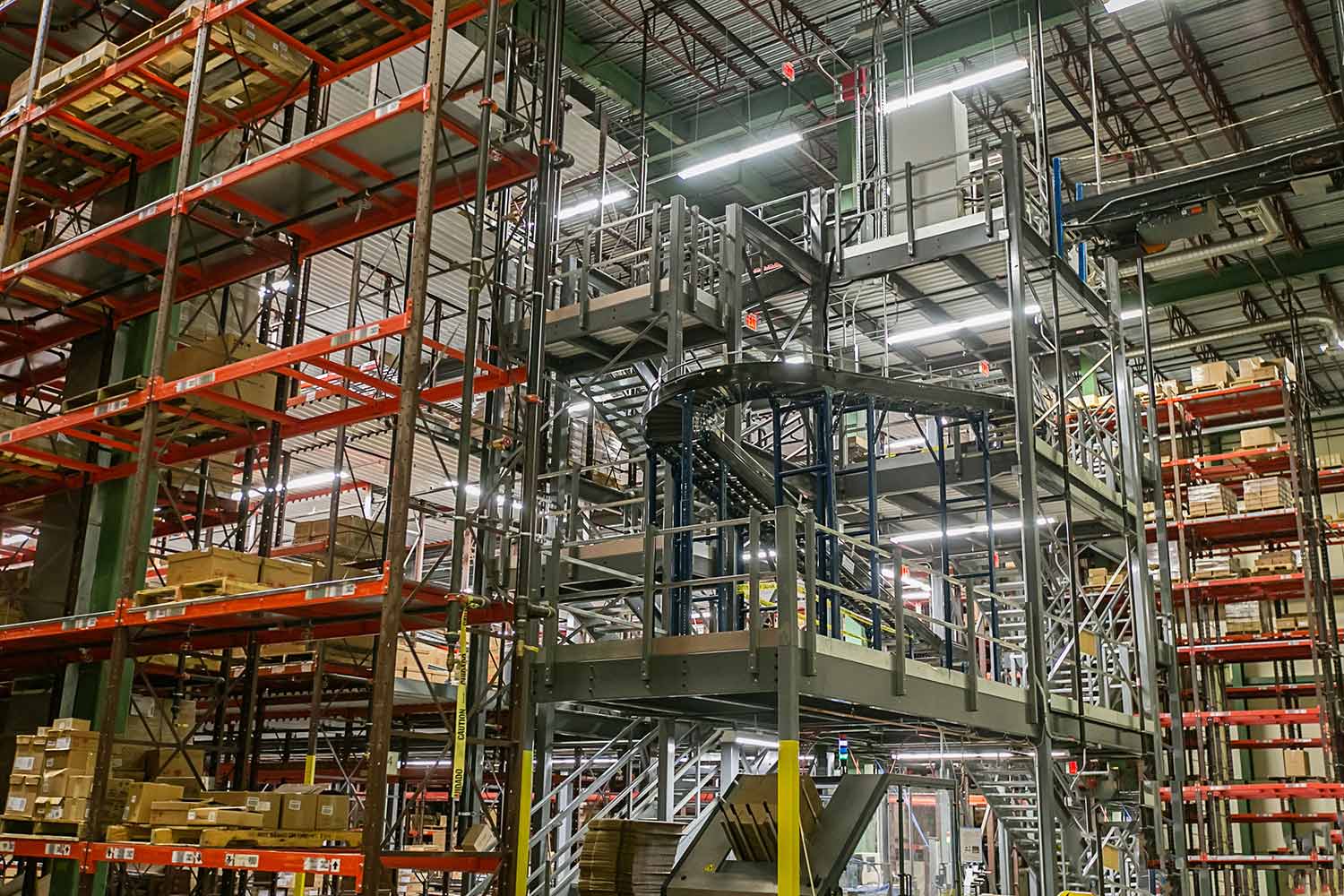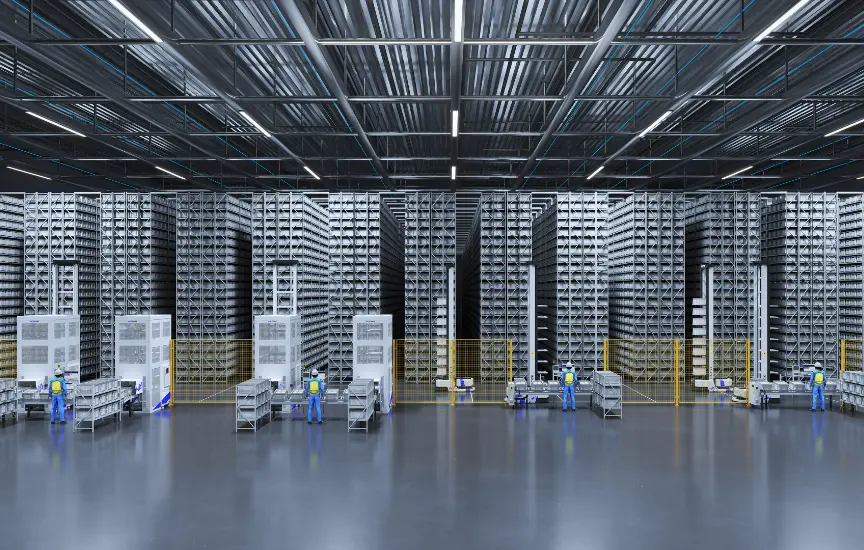
February 7th, 2022
4 min readInbound Logistics: Getting Your Money’s Worth out of Direct Procurement
In a disruption-defined world, how can you maximize the benefits of direct procurement and ensure efficiency, cost-effectiveness, and overall operational success now—and in a post-pandemic landscape?
Meeting the Challenges and Sourcing Success with a Comprehensive Real-Time Platform
In a disruption-defined world, how can you maximize the benefits of direct procurement and ensure efficiency, cost-effectiveness, and overall operational success now—and in a post-pandemic landscape?
There is no lack of challenges to creating and maintaining a highly efficient inbound supply chain. In the United States, inflation is at its highest point in four decades. There is a continued scarcity of direct and indirect raw materials as well as basic parts (everything from raw meat to computer chips). Labor shortages have adversely affected production, distribution, and sales. These factors have resulted in increased costs and delays in virtually every step of the process.
What’s more, many companies were not operating at peak efficiency prior to the current downturn, which likely contributed to further setbacks.
So, what’s the best practice for navigating out of this mess? Implement a real-time platform for your inbound supply chain management.
Implementing a Real-Time Platform Is the Key
Implementing a comprehensive real-time platform is foundational to maximizing your inbound logistics. This way, you’ll optimize both your visibility (to see what’s coming before it comes) and agility (to be able to proactively respond in ways that are best for you and your customers). Additionally, with a real-time platform you’ll create the proverbial “paper trail” to meticulously document the performance of all your suppliers so you can diagnose and deal with any inbound issues.
Let’s take a look at the components of a comprehensive, real-time inbound logistics platform.
It is one system (at least it is as much as possible). Any existing systems are incorporated: direct and indirect material ordering, inbound-shipment tracking, inventory management, forecasting … anything and everything that is tracked, inventoried, shipped, purchased, or managed. And every workflow and process, from automation to personnel management, too.
It is end-to-end. Every aspect of every item, from purchase to manufacture to distribution, is tracked (in real-time, of course). It provides comprehensive details such as when ordered, when purchased, when received, when processed, when shipped, and any other stage in your warehouse or distribution center. It makes use of a procure-to-pay process (as part of being one system) in order to integrate purchasing and accounts payable systems and enhance efficiencies.
It expertly handles demand forecasting. Using big data and predictive analytics, it identifies production and distribution deficiencies, spots trends all along the supply chain, handles fluctuations in both supply and demand, and increases productivity. Not just a problem-solver, it sees opportunities that might otherwise be missed.
It’s not just agile, it’s fast. It quickly pinpoints problems, thereby reducing inefficiencies, errors and chargebacks—and allowing you to correct course before significant time passes and major harm is done.
It employs AI for maximum efficiency. When course corrections are routine, minor, or easily made, it uses artificial intelligence to automatically adjust for shortages, late shipments, and other commonplace hurdles. Machine learning identifies these anomalies and can adapt (with real-time data come real-time responses).
It acts as a gatekeeper for deliveries. No more ill-timed early shipments hogging valuable floor space, it coordinates inbound materials, optimizes just-in-time delivery, and provides the historical data to hold suppliers accountable.
It enhances customer service. Not only does it improve your delivery efficiency, but also your reputation when customers call or email (and especially when they don’t have to anymore).
And, finally, It works best with suppliers who work in real-time. Even if your system is not fully integrated into all of your suppliers’ systems, at least you can get consistently accurate information from your suppliers when they run into supply-chain challenges.
A real-time comprehensive inbound logistics platform is more than just software to coordinate order processing, material handling, warehousing, inventory control, packaging, transportation, and every other process, activity, and workflow. It is the path to optimizing your inbound operations to a degree that would be unachievable otherwise.
Next Steps
Get started on the path to optimizing your inbound operations. Contact IndPro specialists. We’ll partner with your team to develop a comprehensive, real-time inbound logistics platform to increase efficiency and maximize ROI.
Related Posts

The Human-Robot Partnership Requires an Upskilled Warehouse Workforce
Article
Professional Integration is Crucial for Warehouse Automation & Robotics Implementation
Article